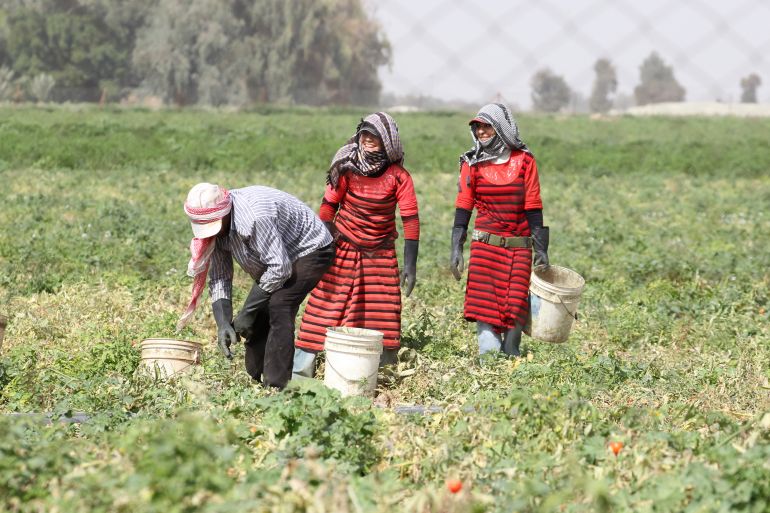Climate disasters rising faster in MENA than any other region
Data from the past century shows temperatures in the region have risen by 1.5°C – twice the global increase, new International Monetary Fund study shows.

The frequency and severity of climate-related disasters are rising faster in the Middle East and Central Asia than anywhere else in the world, a new study says.
Climate disasters in the region have injured and displaced seven million people in an average year, causing more than 2,600 deaths and $2bn in physical damage, an International Monetary Fund research paper showed.
Keep reading
list of 4 itemsClimate change is an emergency for everyone, everywhere
Iran’s failure to tackle climate change – a question of priority
Morocco: MENA’s rare climate change success story
“Droughts in North Africa, Somalia and Iran. Epidemics and locust infestations in the Horn of Africa. Severe floods in the Caucasus and Central Asia. The list of disasters is quickly getting longer,” said IMF Managing Director Kristalina Georgieva in remarks at the World Government Summit in Dubai.
Analysis of data spanning the past century showed temperatures in the region had risen by 1.5 degrees Celsius (34.7 degrees Fahrenheit) – twice the global increase of 0.7 degrees Celsius, and already sparse precipitation had become more erratic than in any other region, the IMF report said.
“Climate change is among humanity’s greatest challenges, and the Middle East and Central Asia region is on the front lines of its human, economic, and physical ramifications,” according to the IMF report.
The world needs to cut global greenhouse gas emissions by 50 percent by 2030, said Georgieva.
Climate adaptation
Georgieva lauded the United Arab Emirates, a major oil producer, for its pledge to invest more than $160bn in renewable energy to achieve net zero carbon emissions by 2050. Egypt, meanwhile, was investing in modern irrigation techniques, education and healthcare to fight climate change.
Georgieva said it was also critical to ensure climate adaptation policies were included in national economic strategies, as investments in resilient infrastructure and better flood protection could avert economic losses.
In Morocco, for instance, simulations showed beefing up water infrastructure improved resilience to droughts and cut gross domestic product (GDP) losses by almost 60 percent. She said public infrastructure investment needs could amount to 3.3 percent of GDP per year for individual countries in the regions over the next decade, more than twice the average for emerging market economies.
Given limited resources in the aftermath of the COVID-19 pandemic, countries would need a mix of domestic policy reforms, such as replacing fuel subsidies, and international support, including from the IMF, Georgieva said.
Extreme weather events typically cut annual economic growth by 1–2 percentage points per capital, she said.
In the Caucasus and Central Asia sub-region, she added, such events had caused a permanent loss at the GDP level of 5.5 percentage points.
Georgieva called on all countries to adapt their economies to climate challenges, including through adoption of a steadily rising carbon price, increased green investments, and work to ensure a just transition across and within countries.